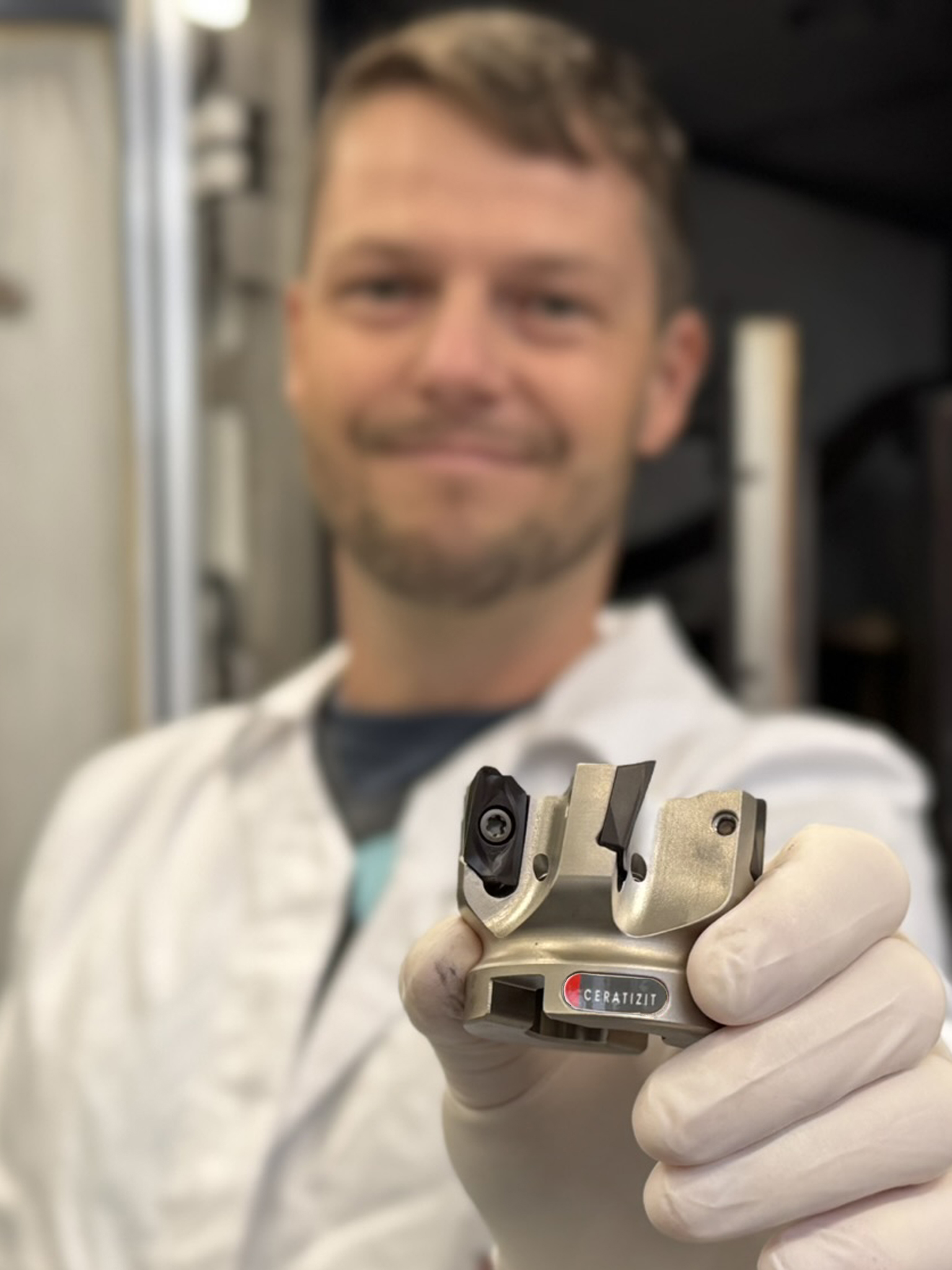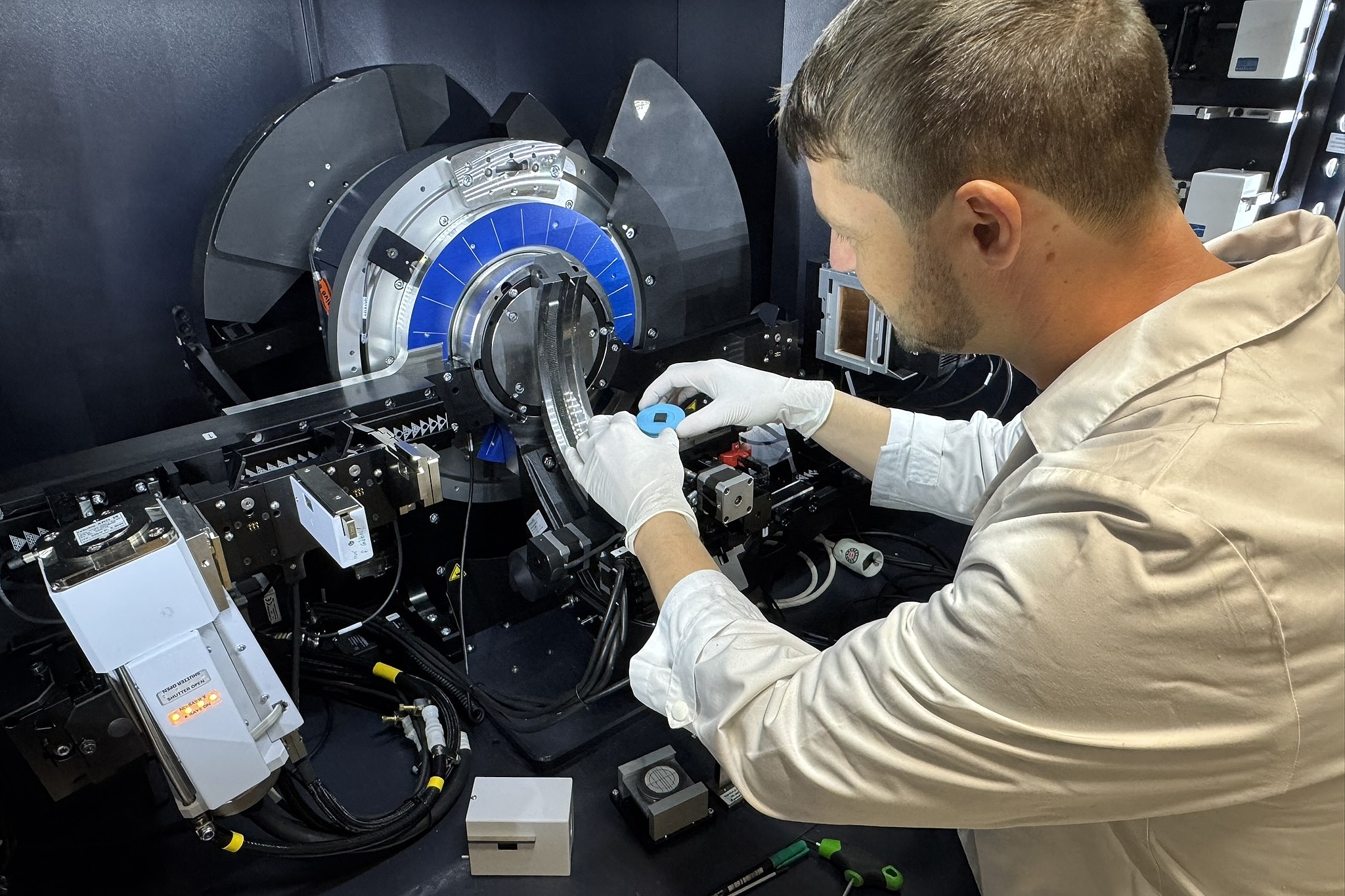CD Laboratory for Sustainable Hard Coatings
Head of research unit
Commercial Partner
Duration
Thematic Cluster

![(c) CD-Labor für Nachhaltige Hartstoffschichten [Translate to English:]](/fileadmin/_processed_/1/9/csm_CDL_TKADLE_Labor3_038186c283.jpeg)
Hard coatings make cutting tools more efficient and durable - in other words, they contribute to sustainability. In order to make the production of these important coatings more sustainable, research is being conducted into manufacturing processes and the required raw materials.
By applying hard coatings to cutting tools, the performance, wear resistance and service life of these tools can be increased, which greatly benefits industrial machining applications, for example. On the one hand, the possibility of longer and more efficient use of cutting tools, which therefore need to be replaced less frequently, contributes to sustainability. On the other hand, current manufacturing practice means that the environmental impact is shifted from the application to production.
Not only is the coating process itself energy-intensive due to the high temperatures required, but the materials used are also often critical in terms of sustainability. And these materials must also be of a high purity for common practice, which prevents the use of scrap or recycled resources and further increases the carbon footprint of the production of hard coatings.
The CD Laboratory is therefore researching ways to develop sustainable coatings while minimising energy consumption and CO2 emissions: How can coating processes be made less energy-intensive so that they can take place at lower or even room temperature? How can these processes be realised with raw materials of lower purity, and can critical materials be replaced as far as possible or completely, or compensated for by sophisticated deposition processes or advanced layer architectures? Can the service life of the coatings be increased even further by "teaching" them self-adaptation, damage tolerance, self-healing or even self-reporting capabilities?
These questions are investigated in the CD Laboratory on the basis of various high-resolution analytical methods such as variants of microscopy or tomography. The team's experimental work is constantly supported by applications based on artificial intelligence: These provide additional information on the possibilities for the further development of processes and materials. This hybrid approach is used to deal with highly complex issues: For example, the exact behaviour of impurities in the raw materials. Or the question of whether sophisticated defect engineering can compensate for undesirable effects on the mechanical properties of the end product due to a chemically simplified alloy design.
Finally, the new design approaches need to be analysed on a micromechanical level and evaluated with regard to the possible influence of the mechanical properties of the materials used on the resulting coatings (or on the tools to which they are applied): This will make important contributions to a sustainable and more resource-efficient future for the material-producing industry.

Christian Doppler Forschungsgesellschaft
Boltzmanngasse 20/1/3 | 1090 Wien | Tel: +43 1 5042205 | Fax: +43 1 5042205-20 | office@cdg.ac.at

